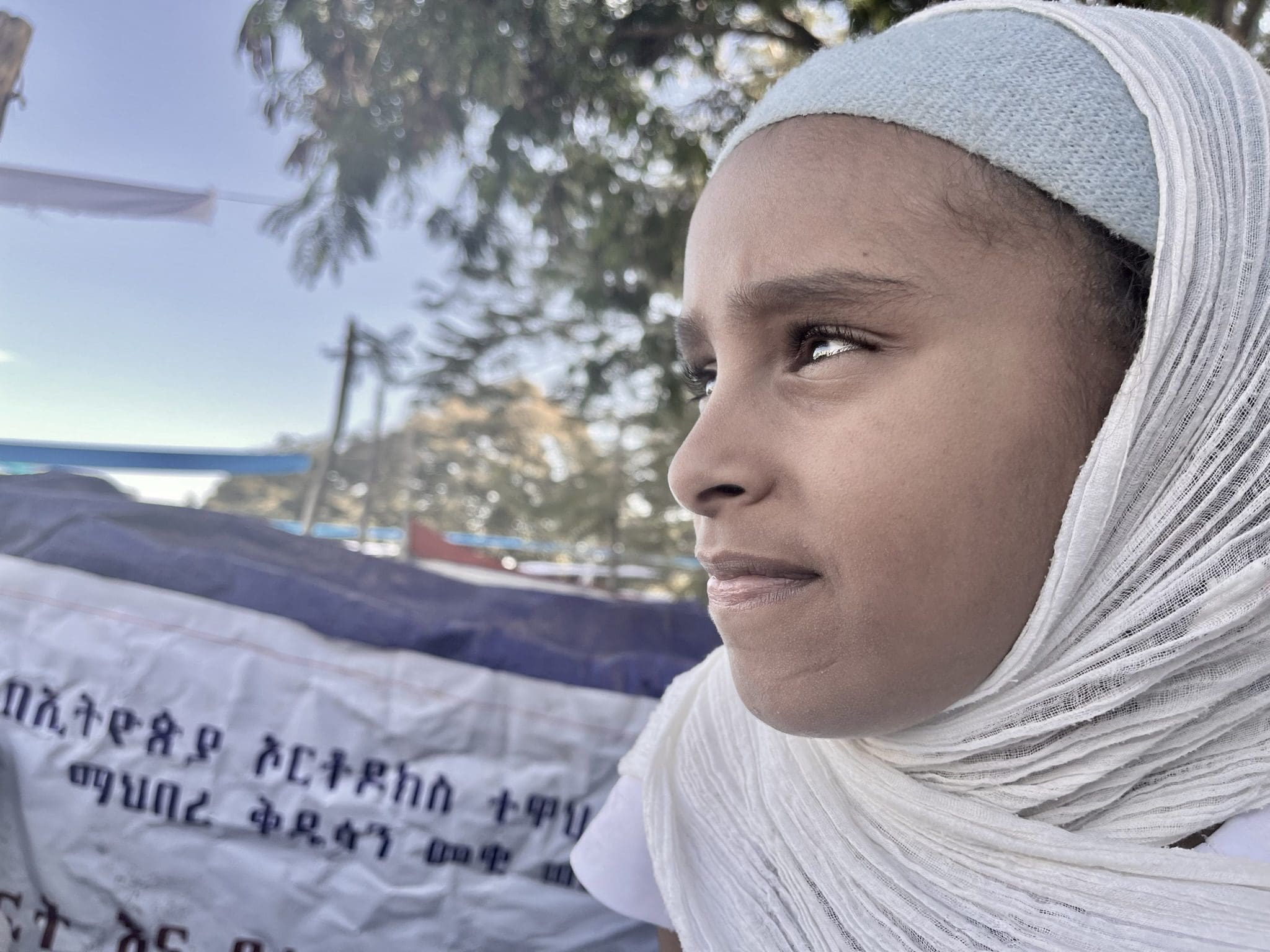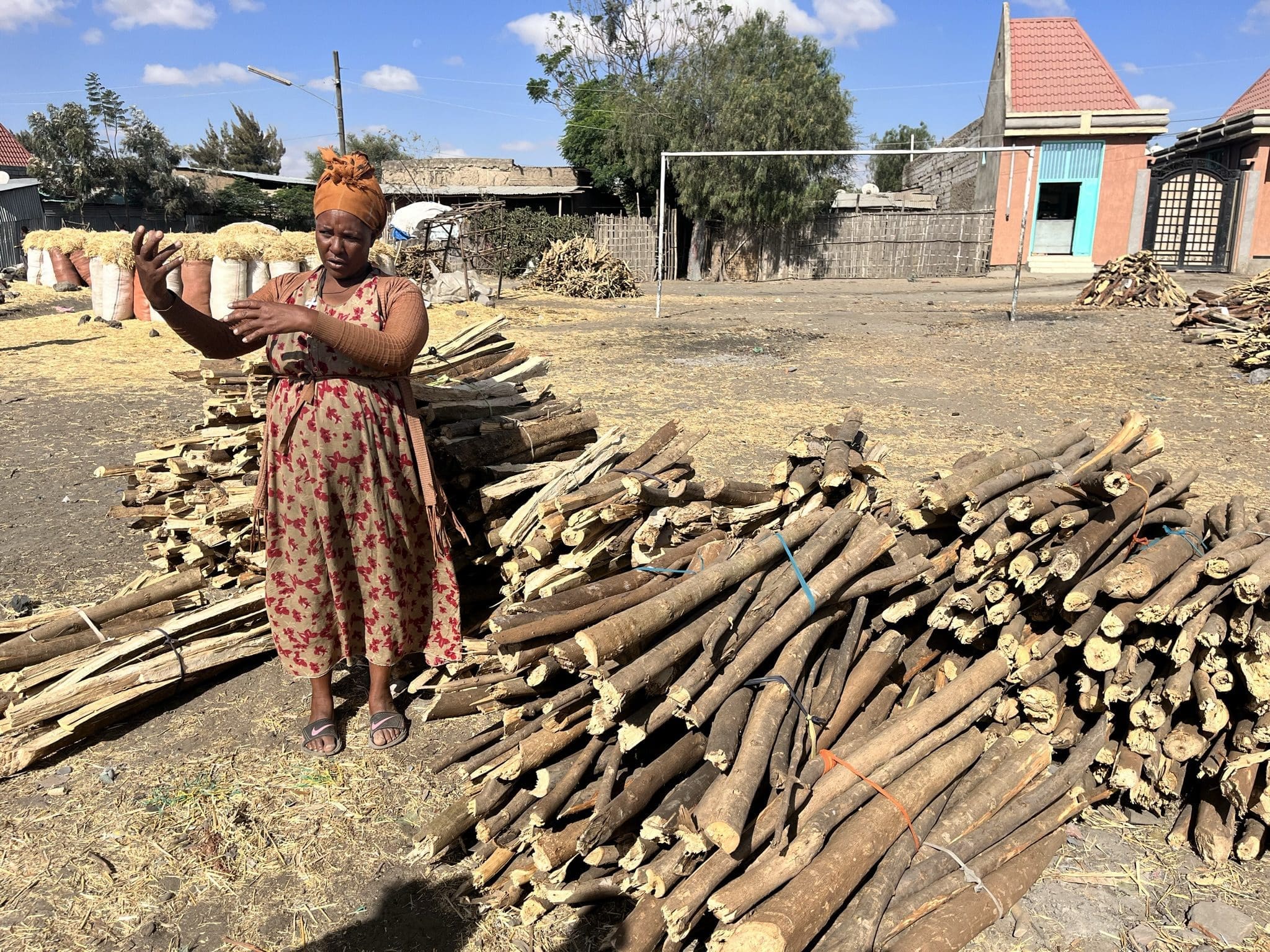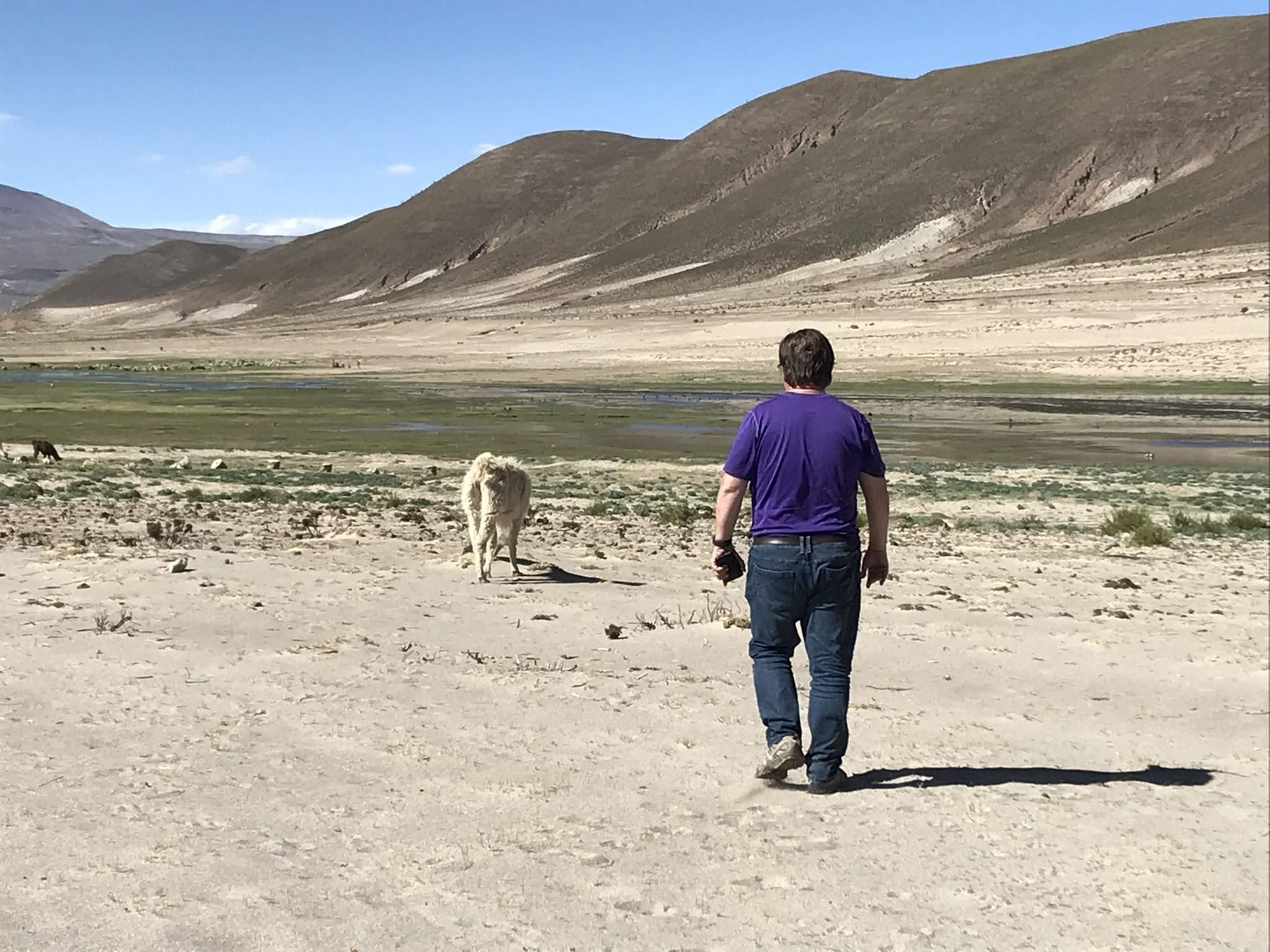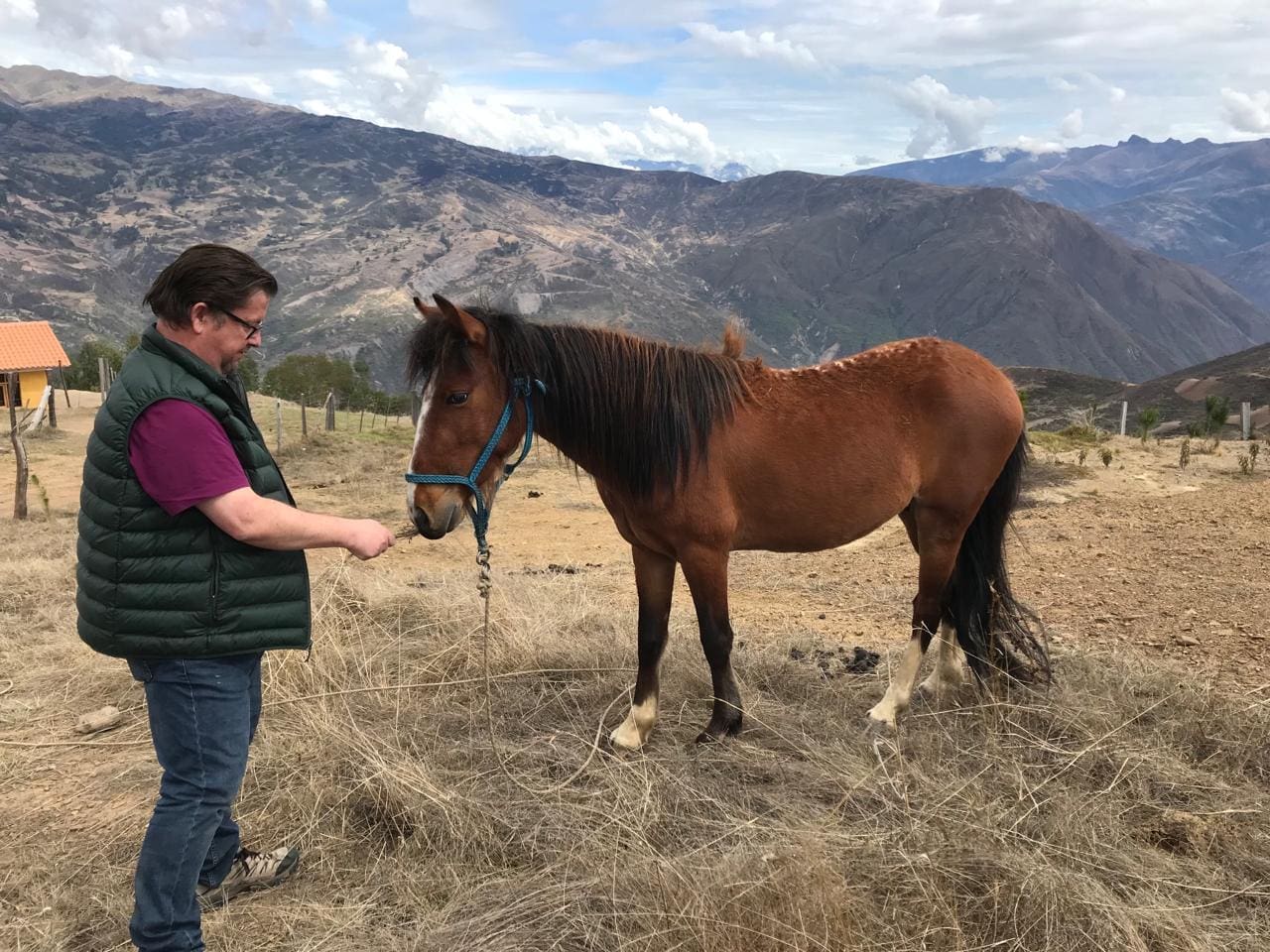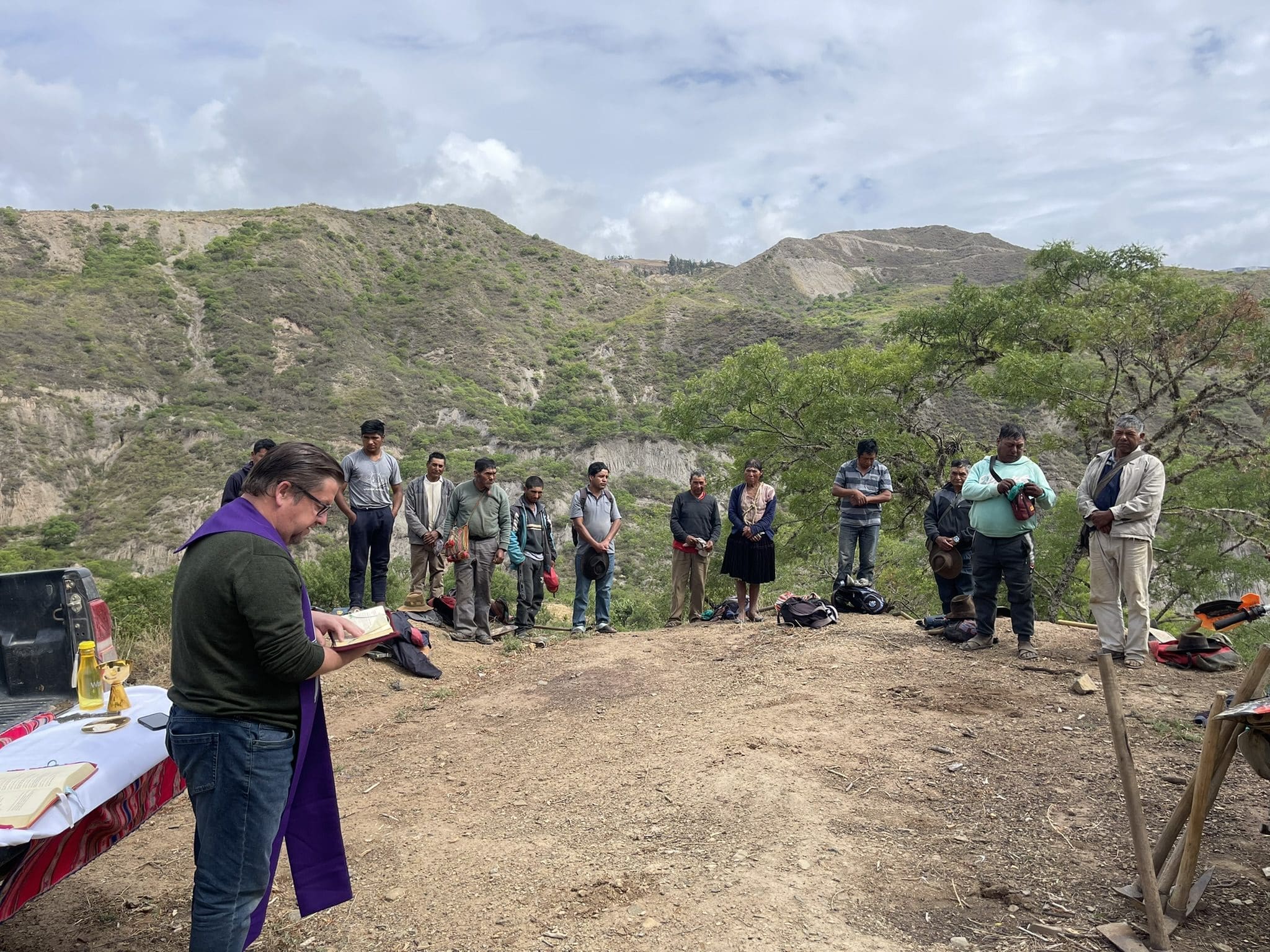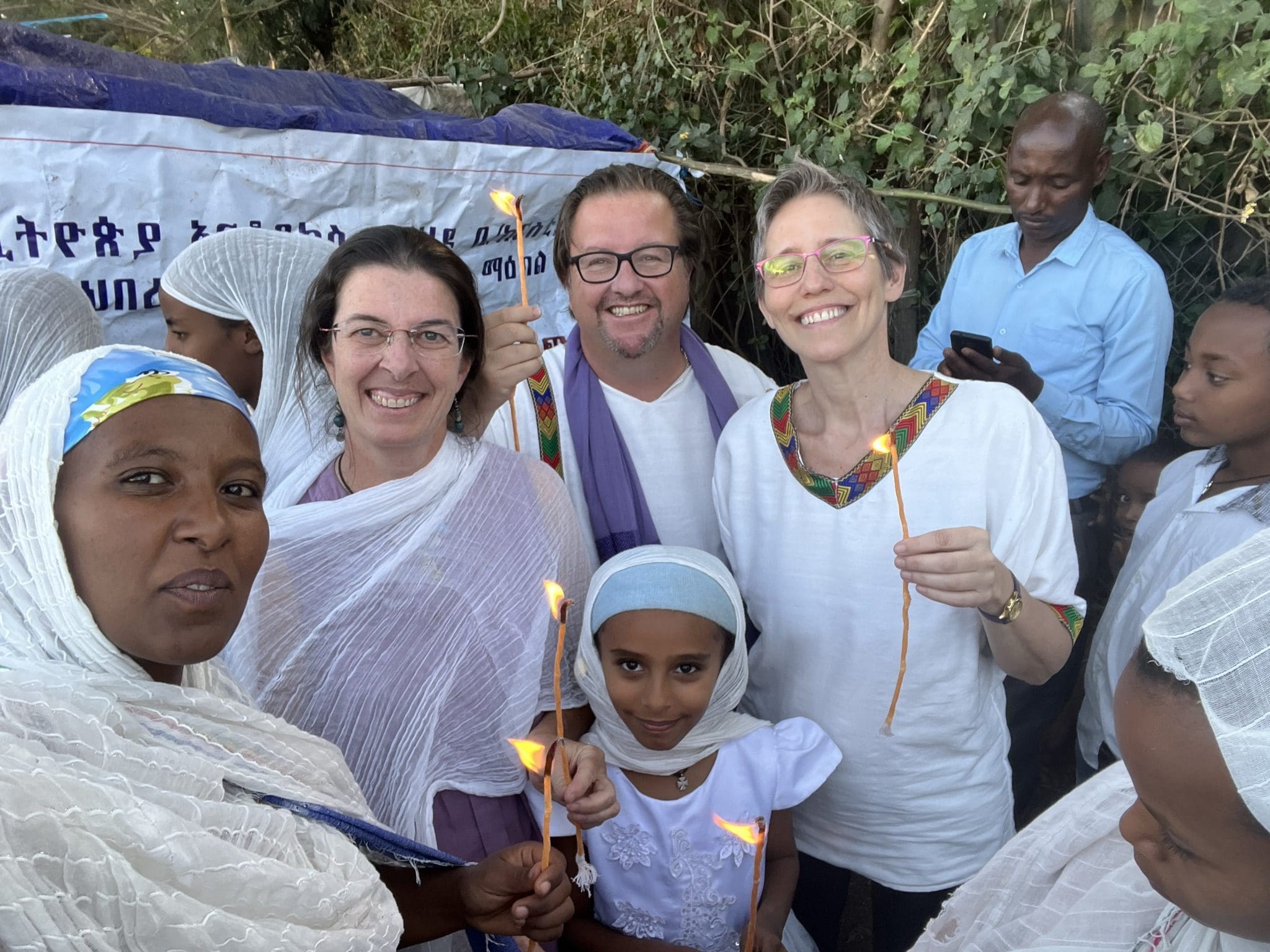
Fr. Ricardo Martin made many missionary stops on his winter sabbatical, including Colombia, Bolivia and Ethiopia. (Photos courtesy of Fr. Ricardo Martin)
Soon after I decided to take my first sabbatical, I called my mother to share the news. I did say “sabbatical,” but she somehow heard “leave of absence.”
Her priest son was definitely having a vocational crisis: “Son, whatever happens, you will always have a home with me.” It took me a while to clarify that this was no crisis. Actually, it is the opposite. From the word Sabbath, a sabbatical is a time available for a person to study and/or travel. It is to be a spiritual, refreshing and formational time. Priests in the Archdiocese of Milwaukee may take a three-month sabbatical after 10 years of service, and every seven years after that. This was my first sabbatical in almost 20 years as a priest.
Many priests spend their sabbatical in educational institutions — in Rome or in Jerusalem — or retreats, or walking El Camino de Santiago, or a combination of these things. In my case, the sabbatical was an opportunity for me to actually do missionary work. I belong to a small diocesan missionary community based in Racine, the Community of St. Paul, but I have served all my priesthood in the United States — in parishes and in my part-time job as vice-chancellor of the archdiocese.
Yes, I have traveled to the missions and spent time there. I have fundraised money for different projects all my adult life, but I was missing a long stay in the missions. This was the main focus on my sabbatical: I would spend time in three of the missions of the Community of St. Paul — first in Bogotá, Colombia; then in Cochabamba, Bolivia; and then in Meki, Ethiopia. I would also spend time in my hometown, Barcelona, over Christmas, for the first time in 23 years. To conclude the sabbatical, I booked a week-long retreat with the Jesuits in Sedalia, Colorado. My spiritual director, a Jesuit himself, knew of my love of mountains and the outdoors, and he could not have recommended a better place.
I officially started the sabbatical Nov. 4. After a few days hiding in the rectory and getting things ready, I flew to Bogotá on Nov. 8 with little more than an itinerary for the next three months. In Bogotá, I spent time in the parish two of our priests, Fr. Martí and Fr. Mike, run. The parish is located in a very popular and vibrant neighborhood. I helped our priests out with Masses and Baptisms, and I also spent a lot of time with their very active youth group. The most moving activity with them was the evening we did La Ruta del Aguapanela (The Route of the Aguapanela). Aguapanela is a hot beverage, like a tea. The priests and the youth walk through the neighborhood giving food, the beverage and conversations to those in the streets at night: the homeless, people trying to find things of value in trashes, street sellers, etc.
The second stage of the sabbatical was Cochabamba, Bolivia. I had been there several times. We spent time in the city, where we run Casa San José, a ministry for social reintegration of street children who have abandoned their families. I then spent 10 days in our mission in Totorani, in the Andes, a place that has definitely stolen my heart. In 2019, through a Lenten campaign at my parish, Sacred Heart in Racine, we funded the building of a chapel/community center. From there, we ran agricultural and medical projects, a motorbike workshop school and a sewing training course. Part of what I wanted to do during sabbatical was also to spend more time with members of my community. For that reason, and to learn more about the country, Montse, Gemma, Aniceto (our missionaries there) and I took a four-day trip to Sucre and Potosí, two historically famous colonial cities, and to El Salar de Uyuni, the largest salt flats in the world — a place of amazing beauty. A bad turn with the four-wheel-drive car got us stuck in a ditch in a very remote area, where we waited for more than 13 hours before a rescue team was able to pull the car out. Looking back, despite how concerned we really got, it is one of the days I remember the most. If you are going to wait for 13 hours for a rescue, do it with good company and in one of the most beautiful places in the world. There was a lot of silence and reflection that day.
Christmas was spent in Barcelona, Spain. I was worried because it was the least missionary part of the sabbatical. I love my family and I love Christmas, and it was the first time with them on Christmas Day for such a long time, but imagine celebrating Thanksgiving for four days in a row, for lunch and dinner: that is Christmas for you in Spain — lots of love and lots of food. It was very special to be with my mother in the Sanctuary of Our Lady of Núria on the second anniversary of my dad’s death. Núria being one of the most important Marian places in Catalunya, I felt that I was with my two mothers on that significant date.
Later than expected because of the difficult political situation in Ethiopia, on Jan. 9, I flew to Addis where Maria José and Mónica picked me up to then drive two hours south to our mission in Meki. There we run a technical college, with food, beauty and sewing programs, mainly for women. Most of these women return to Ethiopia after tough experiences serving as a cheap labor workforce in Middle Eastern countries. They come back without academic studies or savings. Having the possibility of studying a technical career gives these women their dignity and their future back.
To conclude the sabbatical, I took an eight-day retreat in the Jesuit house in Sedalia, Colorado. The directed retreat, a condensed version of the Spiritual Exercises of St. Ignatius with a great director, was mainly in the morning, and after noon Mass I had permission to visit beautiful places in Colorado: Red Rocks, Pike’s Peak, Garden of the Gods, the Rocky Mountains. While I did not plan for it, the sabbatical reconnected me with the mountains and the outdoors — the Andes in Bolivia, the massively beautiful snowy rock formations in Colorado and the valleys in Northern Catalunya. There are no mountains to speak of in Meki — it kind of reminded me of Wisconsin. I have always loved the mountains, but I had lost that connection a bit in the last few years — especially during the pandemic.
The goal was to spend more time with members of my community and in the missions, but I got much more than that. The amazing individuals I met everywhere and their resilience; the adventures I will not forget in my life, like getting stranded in El Salar; the amazing display of God’s beauty in multiple open landscapes and sunsets; and the realization of the many ways in which the Catholic faith is lived out in so many different ways in all these different places. Living non-stop out of a small piece of luggage for three months is also a lesson in adaptability and minimalism that I really hope will help my life now that it is back to normal.
I texted Archbishop Jerome Listecki when I returned at the beginning of February. He replied that I needed the well-deserved rest. I do not think he knew that the last goal of the sabbatical was to discern what to do in the future. Just a few days later, I got a call from the archbishop’s new vicar for clergy telling me about a situation where they wanted me to help — cutting a bit short my present assignment. I believe the sabbatical made my heart ready to be able to leave a place and a people I love and to begin caring for a place and a community I am just beginning to know. The people I met, the beauty contemplated and the lessons learned on those sabbatical months will be a great resource in the years to come.


